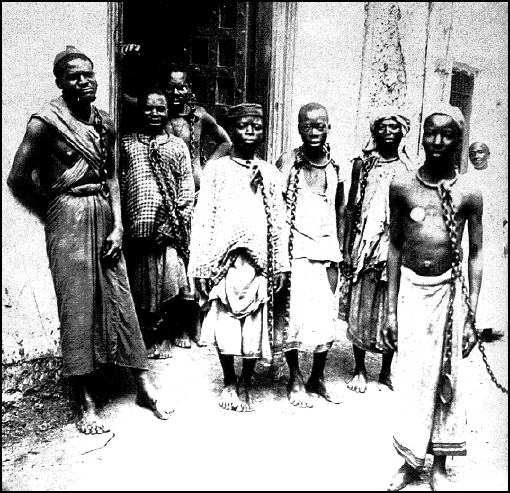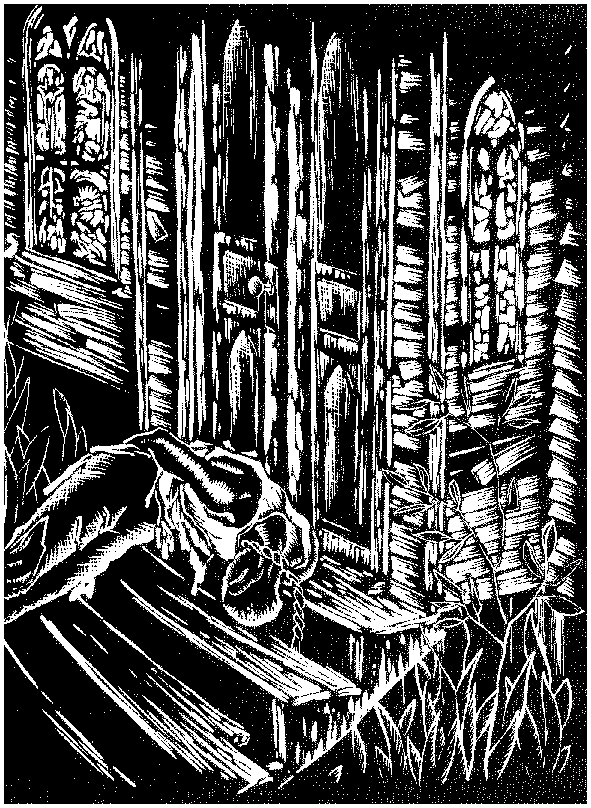Welfare State

Most scholarship has proceeded from the assumption that welfare state institutions are benevolent, that at their core they are efforts to help those in need. But, as the history of AFDC [Aid for Dependent Children] and TANF [Temporary Assistance for Needy Families] clearly shows, American relief has also functioned to regulate the sexual, reproductive, and labor market behavior of vulnerable populations. (In fact, Frances Fox Piven and Richard Cloward have long argued that the principal functions of relief are to regulate the low-wage labor supply and to placate disruptive poor and unemployed people.)
Given this, we should consider programs that serve to commodify labor (those that reduce choice), and not just those that decommodify it (those that increase choice), when evaluating the reach of the welfare state. Slavery, its successors (sharecropping, tenancy, convict labor), and the prison have been as important throughout American history in the lives of (poor) African Americans as have, say, Social Security, homeless shelters, or Medicaid. By excluding them because they are malign in intent, we make all but inevitable a distorted view of the history of the American welfare state.
And given that these more repressive institutions have disproportionately impacted black Americans, there may be cause to distinguish between a white welfare state --- the benevolent if incomplete one that has predominated in our analyses --- and an African American welfare state, one that has been dominated by institutions of repression and control.
American welfare state histories have not included slavery, and from the perspective of white America, this makes sense. But from the perspective of most African Americans, until its abolition, slavery defied their encounters with state power, fundamentally affecting their ability to secure food, shelter, health care, and work for themselves and their families. The denial of the right to work must surely be seen as just as important a state activity as programs (like child care, disability insurance, occupational health and safety laws, job training programs, or tax subsidies) that enable or encourage it. This is the first argument in favor of treating slavery as a WFS [welfare state] institution. What other government-sponsored program so affected the well-being of so many Americans?
I am not the first to suggest that there is a relationship between involuntary servitude and the welfare state. It was slavery, claimed one of its fiercest proponents, George Fitzhugh, that obviated the need for any more pernicious (in his view) program of public welfare. Slavery was welfare program enough, he asserted, and it worked so well for "Negroes" that it could and should solve the subsistence problems of poor whites as well. Fitzhugh went so far as to argue:
- Our Southern slavery has become a benign and protective institution, and our negroes are confessedly better off than any free laboring population in the world.
In this view, slavery was a benevolent and efficient program of public relief, one which merely required work in exchange for aid. That's a criterion that antiwelfare advocates continue to argue should govern assistance, it is worth noting. There is a consistency here, for American WFS programs have always, to varying degrees, concerned themselves with labor market effects. Social Security provided cash to retirees, of course, but in doing so encouraged older, presumably less productive workers to leave the labor market, making room for younger, more productive (and perhaps more compliant) ones. Regulations that forbade the presence of males in the homes of female AFDC recipients functioned, at least in part, to ensure that poor men did not have access to welfare benefits, and were therefore forced to turn to the low-wage labor market.
It should be uncontroversial to assert that the Southern systems of state-sponsored indentured servitude had material effects on those subject to its rule. More controversially, we might further observe that some slaves fared better than some poor whites struggling to survive outside the system: they ate more calories, worked fewer hours, and had better, newer clothes than did their poor white brethren. This is not to suggest that there might be a positive side to slavery. As Harriet Jacobs, a slave who eventually escaped, said:
- I would ten thousand times rather that my children should be the half-starved paupers of Ireland than to be the most pampered among the slaves of America.
Amartya Sen more recently put it this way:
- Even though African American slaves in the pre-Civil War South may have had pecuniary incomes as large as (or even larger) than those of wage laborers elsewhere and may even have lived longer than the urban workers in the North, there was still a fundamental deprivation in the fact of slavery itself (no matter what incomes or utilities it might or might not have generated). The loss of freedom in the absence of employment choice and in the tyrannical form of work can itself be a major deprivation.
With the notable exception of a growing body of work by Eina Green, we have generally paid little attention to the history of welfare in the American South. While there is more to this neglected history than just slavery, what makes poor relief in the South distinct from relief elsewhere was what made most everything in the South different --- slavery. And that system was inextricably linked not only to the immiseration of blacks but also to white poverty, and to Southern programs of white welfare. If we are to evaluate the extent of and possibilities for decommodification or defamilialization in the antebellum American South, we have little choice but to examine slavery.
White poverty in the South was in some measure a consequence of slavery, as blacks provided abundant, cheap labor, skilled and unskilled; in this way, the end of slavery was a boon to poor whites as well as to enslaved blacks. One journalist, visiting Virginia, voiced a common observation that poor whites were "certainly as debased and degraded as the poor negroes."
Whatever comfort might have been offered to the "deserving" poor, the rest were expected to work for whatever wages were available, under any conditions, no matter how grueling, gruesome, and exploitative. Poor whites were understood by the white aristocracy to be superior to all blacks, even freedmen (by 1846 the public whipping of white criminals was forbidden, lest the association with slaves be too great to stomach), but they were nonetheless deemed to be incompetent and dangerous. This became even more true when immigrants (especially the Irish) began arriving in large numbers, feared and hated because they were replacing the "submissive, acclimated, non-voting Negro:"
- The institution of slavery complicated the question of public relief in the southern states. What little public provision existed was generally denied to blacks; slaves were the responsibility of their masters and were prohibited from receiving aid in most states. Free blacks, too, were usually denied public assistance and were forced to develop their own informal self-help mechanisms, setting in motion a trend that would last until the twentieth century. Black churches began assuming the responsibility for supporting indigent members by establishing "poor saints funds" or other methods of caring for their own. Mutual assistance associations, which would become one of the cornerstones of black civic life later in the nineteenth century, provided the equivalent of death benefits, burial policies, and even unemployment insurance for those whom the state refused to assist.
 Further, the history of American servitude itself includes poor whites and not only African slaves. In the seventeenth century white indentured servants comprised as much as 75 to 85 percent of all immigrants who went to the colonies south of New York; and while charges of widespread kidnapping from Britain and Ireland may have been overstated, many of these men and women were coerced by recruiting agents, incarcerated and chained, then packed into ships in large numbers for transport. It was sometimes a way of ridding towns of beggars and drunkards; healthy children were stolen away from their homes (the word "kidnapping" comes from the practice: kid-nabbing).
Further, the history of American servitude itself includes poor whites and not only African slaves. In the seventeenth century white indentured servants comprised as much as 75 to 85 percent of all immigrants who went to the colonies south of New York; and while charges of widespread kidnapping from Britain and Ireland may have been overstated, many of these men and women were coerced by recruiting agents, incarcerated and chained, then packed into ships in large numbers for transport. It was sometimes a way of ridding towns of beggars and drunkards; healthy children were stolen away from their homes (the word "kidnapping" comes from the practice: kid-nabbing).
For some of the most ill-used and deceived, their experience was little better, if better at all, than that of the African slaves who were also being sent to do the work of building a new colony. That said, for other poor white Britains, as it is today for many groups of immigrants to the United States, a voyage to the colonies was voluntary and seen as their best chance of escaping hard conditions. Others were escaping debts or fleeing crimes, deserting their masters or running out on spouses. The relief could be immediate: upon signing a contract, the servant-to-be was usually given food, clothing, and shelter. For most, after arrival in the colonies, their life expectancy was lower than it had been prior to emigration, despite a relative abundance of food. Working conditions and housing were poor. Perhaps as many as 80 percent "died before they obtained their freedom or became propertyless day laborers, vagrants, or denizens of the local almshouse after completing their indentures," reports Lois Green Carr. In the late eighteenth and early nineteenth century, nearly three-fourths of indentured servants "ended up on the public dole at some point in their life."
Stephen Pimpare
©2008 The New Press